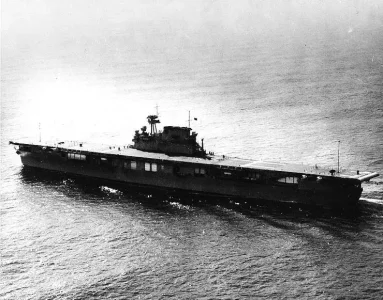Italy:
Brin-class submarine
Galvani leaves Taranto for sea trials, 1938
Galvani, named after a 18th century physicist, was a modern ocean-going boat of the Brin class. At the outbreak of World War II she was stationed in the Red Sea, based in Massawa, Eritrea; her career was short and unlucky, as the was lost on her first patrol.
Under the command of Lieutenant Commander Renato Spano,
Galvani sailed from Massawa on 10 June 1940 with orders to patrol the entrance of the Gulf of Oman, in order to attack British tankers carrying oil from the Persian Gulf. She reached her patrol area on 23 June, but unfortunately for her another submarine of the Red Sea flotilla,
Galileo Galilei, had been captured four days earlier after a fierce gunfight off Aden, in which one-quarter of its crew, including the commander and most officers, had been killed. The British boarding party had recovered some documents, which gave away the patrol areas of other Italian submarines – including
Galvani. (Though not everyone believes this account; some historians, and even the
Galvani survivor Antonio Mondaini, then executive officer of this submarine and later an admiral in the postwar Italian Navy, believed that
Galilei carried no such documents and that the British made up this story in order to cover their spy network in Italian East Africa). All tanker traffic had thus been deviated from the Gulf of Oman, and two warships, destroyer HMS
Kimberley and sloop HMS
Falmouth, had been dispatched to intercept
Galvani.
A few hours after reaching her patrol area, indeed,
Galvani was found by
Falmouth while she was sailing surfaced in the darkness. At 23:08
Falmouth opened fire with her guns from a distance of a few hundred meters; Lieutenant Commander Spano gave order to crash dive, but before being able to submerge,
Galvani was hit twice in the conning tower and once in the hull, in the aft torpedo room. The latter hit quickly caused extensive flooding, which threatened to sink the submarine if the damaged room was not sealed off immediately; 28-year-old leading torpedoman Pietro Venuti, who was on watch in the aft torpedo room, closed the watertight door at the cost of trapping himself in the rapidly flooding compartment, thus sacrificing his life for the rest of the crew.
Galvani dived to thirty meters, but three depth charges dropped by
Falmouth caused further damage and rendered the situation desperate enough that Spano concluded the only thing left to do was resurfacing so that at least the crew could have a chance to survive.
Galvani came back to the surface and was immediately taken again under fire by
Falmouth, while both the deck gun and machine guns of the submarine were found inoperable due to the depth charging. The order to abandon ship was given, but only half of the crew were able to jump overboard before
Galvani slipped back under the waves, this time forever. Only two minutes had passed since the moment she had resurfaced.
Of a crew of seven officers and fifty enlisted men,
Falmouth picked up thirty-one, including Spano, Mondaini and another two officers; twenty-six had gone down with
Galvani, among them chief engineer Aldo Terzuoli, his deputy Rodolfo Bassetti and chief mechanic Emanuele Perrone, who had remained below in the attempt to keep the boat afloat as long as possible, as well as Ensign Pietro Gemignani, who had gone back inside to make sure all secret documents had been destroyed, and had never come up again.
And Pietro Venuti, of course. His sacrifice was honored by a posthumous Gold Medal for Military Valor, Italy's highest decoration; one of Italy's newest submarines, commissioned in 2016, is named after him.





